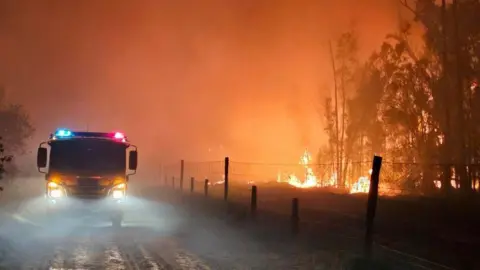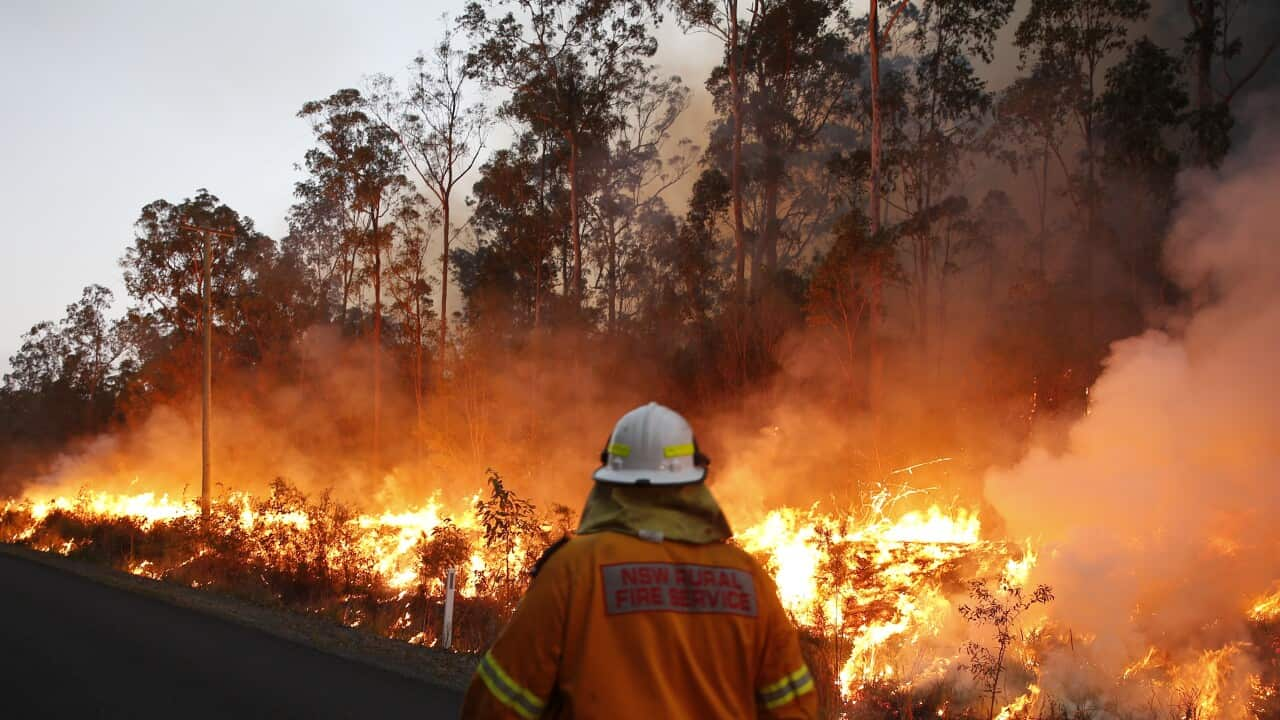From Analysis to Activity: Utilizing Your BAL Report to Reduce Bushfire Ris
From Analysis to Activity: Utilizing Your BAL Report to Reduce Bushfire Ris
Blog Article
Relevance of BAL Report in Ensuring Bush Fire Defense
In the world of bushfire security, the value of a Bushfire Assault Degree (BAL) record can not be overemphasized. This crucial file functions as a fundamental tool in examining the prospective danger a property might deal with throughout a bushfire and plays an essential role in determining the necessary safety steps to guard buildings and lives (BAL Report). Nevertheless, the true worth of a BAL report prolongs beyond a simple assessment; it functions as a directing light for property proprietors and authorities alike, offering understandings right into improving residential property durability and making sure effective fire security.
Recognizing Bushfire Assault Degrees
The understanding of Bushfire Strike Levels is vital for examining the prospective danger and influence of bushfires on a building. Bushfire Assault Levels (BAL) are a method of gauging the intensity of a building's possible exposure to ember strike, convected heat, and straight flame get in touch with in a bushfire. Comprehending the different BAL categories is essential for residential or commercial property proprietors, architects, and building contractors in developing and creating buildings that are extra resistant to bushfires.
By recognizing these levels, home owners can make enlightened choices regarding bushfire protection actions, such as setting up ash guards, using fireproof structure materials, and preserving clear defensible space around the building (BAL Report). On the whole, an extensive understanding of Bushfire Attack Degrees is crucial for effective bushfire preparation and security.
Examining Property Danger Degrees
After understanding the effects of Bushfire Attack Degrees, the next critical step is examining the threat levels related to specific buildings. Evaluating building risk levels includes a thorough assessment of different factors that can influence the sensitivity of a building to bushfires. These variables consist of the distance of the home to bushland or plants, the type and condition of bordering plants, the incline and element of the land, dominating climate condition, and the visibility of combustible products near the property.
Building risk evaluations are necessary in identifying the degree of bushfire protection steps that require to be applied to safeguard the home and its passengers. By properly assessing the danger degrees, homeowner can make informed decisions regarding bushfire avoidance approaches, such as plant life management, developing layout alterations, and the setup of fire-resistant materials. In addition, home danger evaluations play a vital duty in the development of emergency reaction strategies and discharge procedures in the event of a bushfire.
Carrying Out Safety Measures
Upon finishing property threat analyses, the following important phase entails the application of protective measures to enhance bushfire defense. Implementing protective steps is necessary for securing buildings and guaranteeing the security of individuals throughout bushfire occasions. These steps can consist of setting up cinder guards on doors and windows, using fireproof structure materials for building, producing and preserving a clear defensible room around the residential property, and having a obtainable and appropriate water resource for firefighting objectives. Additionally, it is essential to create and practice a thorough bushfire emergency situation strategy with all locals to ensure swift and coordinated activities in instance of a bushfire risk.
Routine upkeep of protective procedures is equally crucial to ensure their effectiveness throughout a bushfire. This includes frequently examining and repairing coal guards, conducting plant life monitoring to reduce gas lots, and testing firefighting devices such as pumps and tubes. By diligently applying and preserving these protective steps, homeowner can dramatically enhance their resilience to bushfires and lessen prospective damages and loss.

Enhancing Residential Or Commercial Property Durability
Enhancing home durability against bushfires pivots on the proactive execution and upkeep of safety steps aimed at strengthening defenses and reducing potential threats. Home owners can boost strength by producing and preserving defensible areas around their buildings.
Residential or commercial property proprietors need to create and exercise a bushfire emergency strategy, conduct regular fire drills, and make certain all homeowners understand how to respond in situation of a bushfire. By taking proactive actions, building proprietors can significantly raise the website link durability of navigate to this site their buildings versus the risk of bushfires.

Guaranteeing Reliable Fire Security
Carrying out robust fire security procedures is essential for protecting residential or commercial properties versus the terrible impact of bushfires. Ensuring efficient fire defense entails a mix of aggressive techniques and adherence to relevant regulations. One essential element of effective fire defense is the implementation of ideal landscaping techniques. This includes keeping a defensible space around the property by clearing flammable plant life and creating firebreaks. In addition, setting up fireproof products on the home, such as fireproof roof covering and ember-proof displays on home windows, can considerably lower the threat of fire damage.
Additionally, having an emergency situation reaction plan in position is crucial for guaranteeing efficient fire security. This strategy must lay out evacuation treatments, interaction protocols, and designated conference points for citizens. Regular training and drills ought to also be carried out to ensure that all locals are prepared to respond swiftly and safely in the event of a bushfire.
Conclusion
In verdict, the BAL record plays a vital function in making sure effective bushfire protection by examining residential or commercial property threat levels, implementing protective actions, and improving residential or commercial property durability. Comprehending Bushfire Strike Levels is essential in establishing the degree of risk a building deals with during a bushfire.
By recognizing these degrees, property owners can make informed choices about bushfire defense steps, such as installing ash guards, using fire-resistant building products, and keeping clear defensible area around the property. Evaluating property threat degrees involves a thorough analysis of different elements that can influence the susceptibility of a residential or commercial property to bushfires.Residential property danger assessments are vital in figuring out the level of bushfire security measures that need to be carried out to safeguard the property and its owners. By taking positive procedures, home owners can dramatically increase the durability of their buildings versus the hazard of bushfires.
In Discover More final thought, the BAL report plays a critical function in guaranteeing efficient bushfire security by examining building risk degrees, executing safety measures, and boosting property resilience. (BAL Report)
Report this page